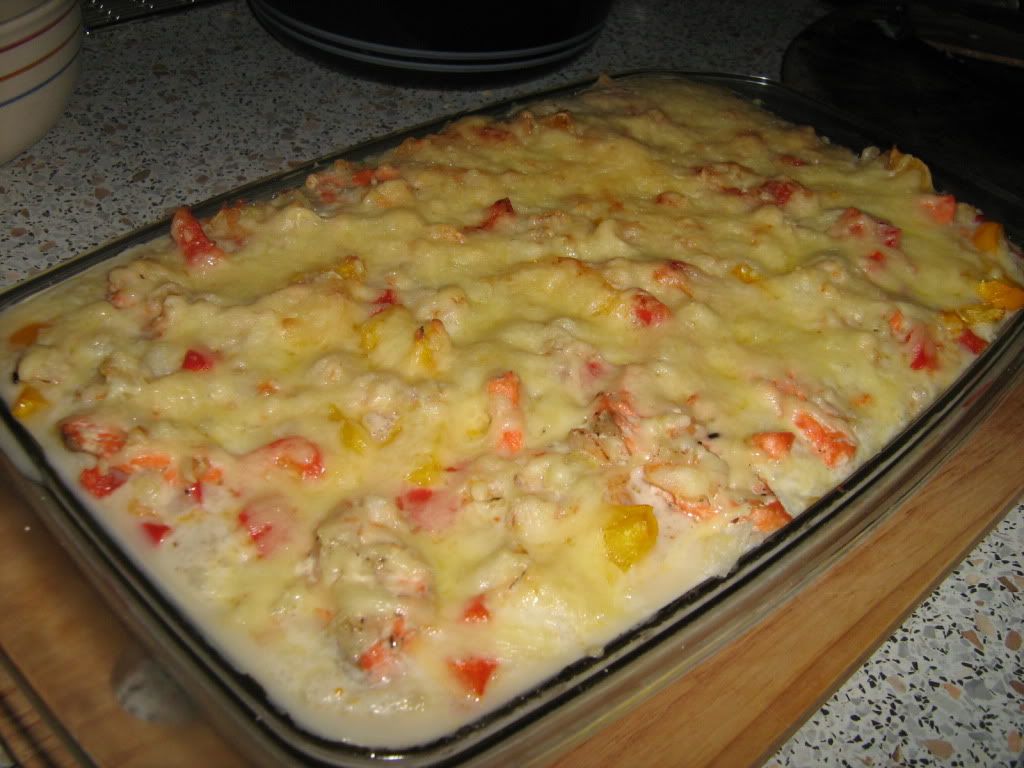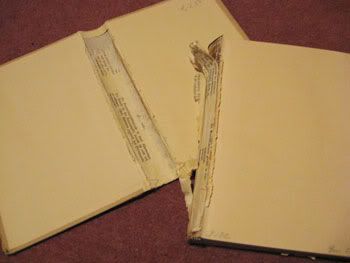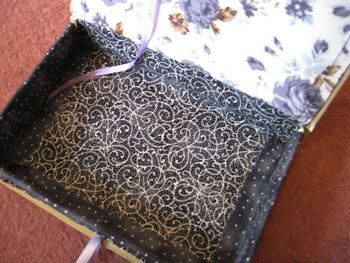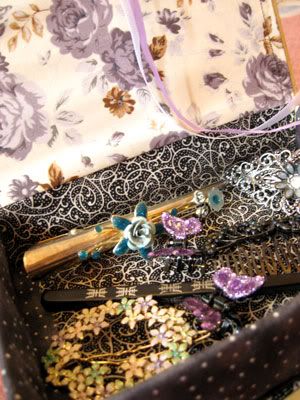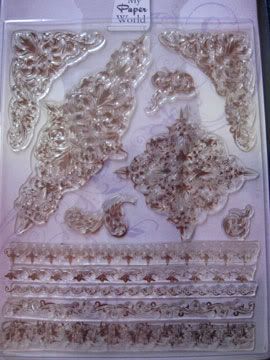Here it is, finally - the first make up recipe, brought to you by yours truly. By now, there is a number of NC (natural cosmetics) eyeliners out, but being the grumpy Muffin I am, I always find something wrong with them, either texture, colour or price tag. As with everything, purchasing the eyeliner ingredients will seem a bit pricey at first (~10€ max), but then again they will make for a very long lasting supply of eyeliner in your choice of colour. The eyeliner we will make is super matte and looks best over a makeup base, but can be used without one as well. It is not water- and smudgeproof but doesn't crease unless your lids are very oily. Try using an eyeshadow base or skin tone eyeshadow underneath if you have problems with oily lids.

You will need:
- Measuring spoon (doesn't have to be a specific one)
- Empty make up jar (eBay; German readers look for "Acryldöschen")
- Oil of your choice, I'm using Jojoba
- Emollient, I'm using Emulsan
- Distilled Water
- Cosmetic Grade Alcohol, I'm using Weingeist
- Pigment: mixture of 1spoon Magnesium Myristrate of Eyeshadow base and 3sp of matte pigment (either use mineral pigments or crush a suitable eyeshadow; it shoud be opaque and pigmented)
- Alcohol for cleaning, rubber gloves, ceramic cup (suitable for microwave)
Prior to starting:
Make sure you are wearing clean rubber gloves and have properly cleaned all you tools to prevent an eye infection.
How to do it:
If your Emollient is firm (i.e. in bead-form), you will have to melt it first. If it is liquid, skip the following step.
1. Add 1sp (spoon) of oil to 1sp of emollient; in a separate cup, pour some of the water and microwave both until the water is hot and the emollient has melted.
2. Add 11sp of water to the emollient-oil mixture and stir. This will result in an emulsion. If you had to melt your emollient and the water is not hot, the emollient will simply harden again and you start right from the beginning.
3. Let it cool for a few minutes, then add 3sp of alcohol. Letting the mixture cool is important as you don't want the alcohol to evaporate in the hot liquid. It functions as a preservative and will keep mold, bacteria and shroomies out and should, thus, not be used in a too small quantity.
4. Then add 4sp of pigment. If you use eyeshadow that is not pigmented enough, you might need more. Whip the mixture with a spatula or the back of your spoon until no clumps are left (this might take some time). Test pigmentation on the back of your hand (Is it opaque?) and add more pigment, if needed. When you're pleased with pigmentation, pour into jar and let it sit for some time as the consistency might become a bit firmer as the mix fully cools down.
We're done! Use a small eyeliner brush or the brush of a used up eyeliner container to apply. Feel free to go absolutely crazy with colours or try some shimmer pigments (they're not everyone's cup of tea, though). Bear in mind that glitter will not stick to the liner as it dries down and becomes non-sticky.
Questions, comments or criticism? Please let me know.
FYI: The original recipe was taken from here, but after some research I found the amount of some ingredients used to be completely wrong (not enough alcohol to preserve the product properly, way too much emollient etc.). The author also suggests using vodka instead of cosmetic grade alcohol. Please don't. Be reasonable, work cleanly and check the list of ingredients for anything that might possibly irritate your skin.
Follow me







